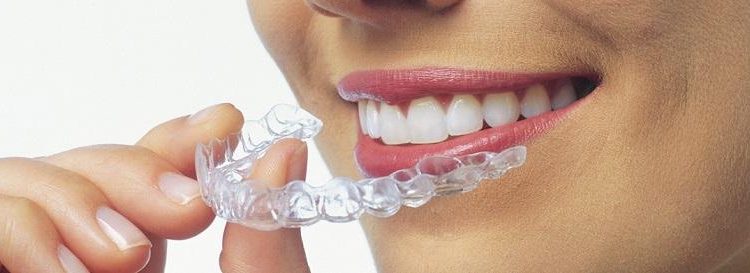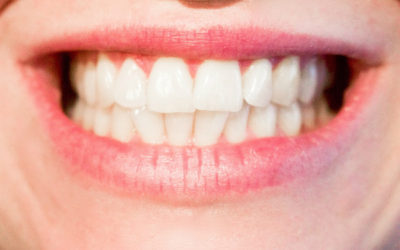When teeth do not grow in the proper alignment, it becomes difficult to clean them and prevent germ buildup. Crooked teeth are also more susceptible to fracture on impact and must be realigned to ensure their health and safety.
To do this, orthodontists use two very popular methods of alignment- braces and invisalign. If you have heard of these terms from your dentist and have wondered if invisalign is better than braces, wonder no more. We are going to do a braces vs invisalign comparison in this post and help you choose one of the two.
Braces vs Invisalign
Braces are a set of metal wires that are attached to the teeth to straighten and align them. Braces can be attached to the front of the teeth or to the tongue side of the teeth (Lingual braces).
While lingual braces are invisible when the patient smiles, they are equally effective as regular braces.
Invisalign is a clear plastic teeth straightening device which fit over your teeth and aligns them gradually. It is virtually invisible and, unlike braces, is removable.
The pros and cons of both these types of tooth straightening options are that while both align and straighten teeth, Invisalign is removable and allows the patient to remove the device to brush and clean the teeth regularly which braces do not allow. Due to these flexible options, answering the question “Is invisalign better than braces?” becomes quite easy.
Braces also restrict the type of food that the patient can eat which Invisalign does not do.
Invisalign is a more popular choice among patients as it is made of clear plastic and is not as irritating to the inside of the cheeks and the tongue as compared to braces which are made of metal.
Invisalign is like a second skin for teeth which you can remove whenever you feel the need to.
Does invisalign work?
All the pros of invisalign seem too good to be true, right? If you are thinking does invisalign work, the answer is yes it does. Invisalign solves all problems caused due to improper alignment such as cross bite, over bite, under bite, open bite and crowding. It also allows the jaws to resume the correct position and the facial structure to be retained.
If you cannot decide between braces and invisalign, you should speak to your dentist about your treatment option. An experienced orthodontist can advise you correctly after thorough examination of your teeth and their alignment.
Irrespective of which teeth alignment option you opt for, it is necessary to maintain good oral hygiene and brush and floss regularly. Consult your dentist for oral hygiene tips for maintenance of your teeth after installation of an alignment device.



